SharePoint Solutions
Office 365 Solutions
 9am - 8pm IST (GMT+5:30)
9am - 8pm IST (GMT+5:30)
 0:00:00 pm IST (GMT+5:30)
0:00:00 pm IST (GMT+5:30)
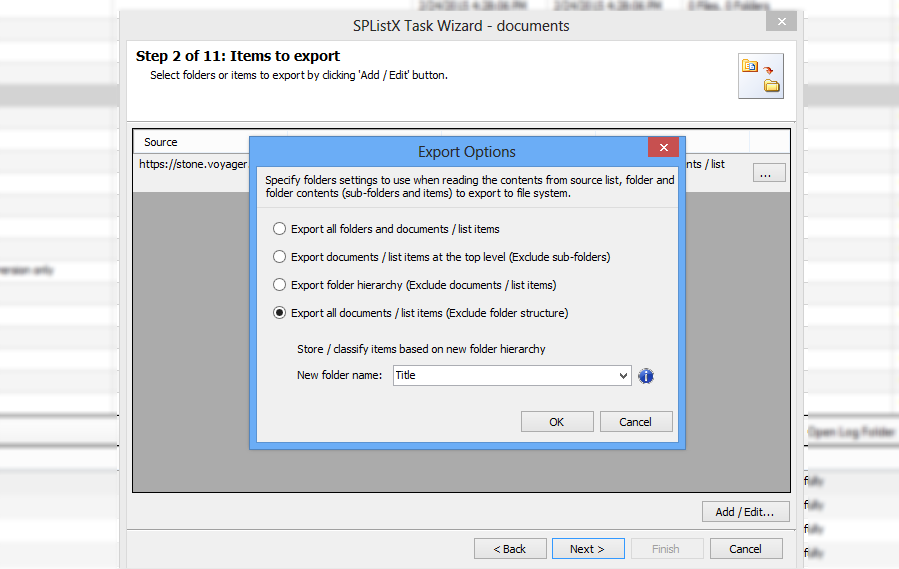
Export folders and files along with metadata and list items including file attachments from multiple SharePoint lists to Windows File System in a single export task. The user can export granular-level folders/files/list data using the SPListX Explorer interface, which displays the contents in a standard tree view or List View mode.
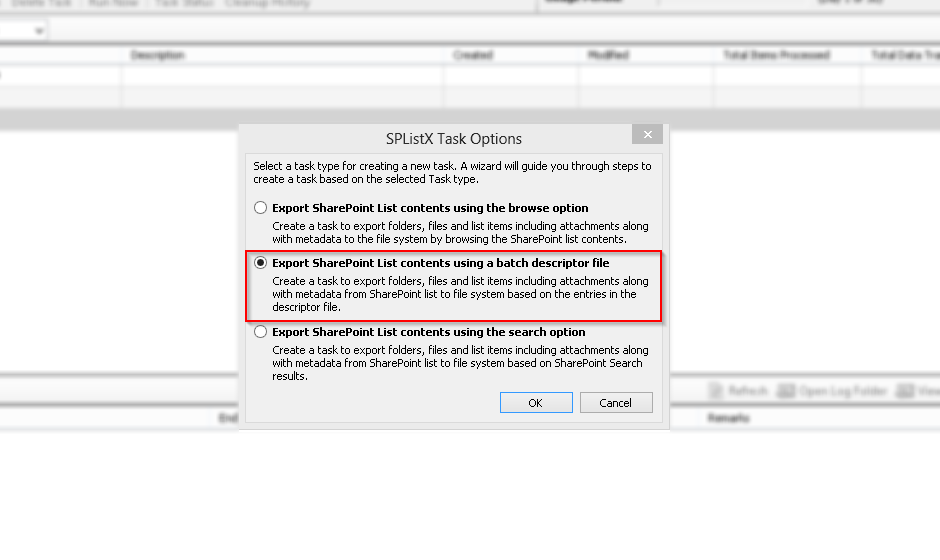
Export folders / documents along with metadata and list items including file attachments from multiple SharePoint lists to the Windows File System in a single export task. The user can export list contents in bulk using a simple batch descriptor file.
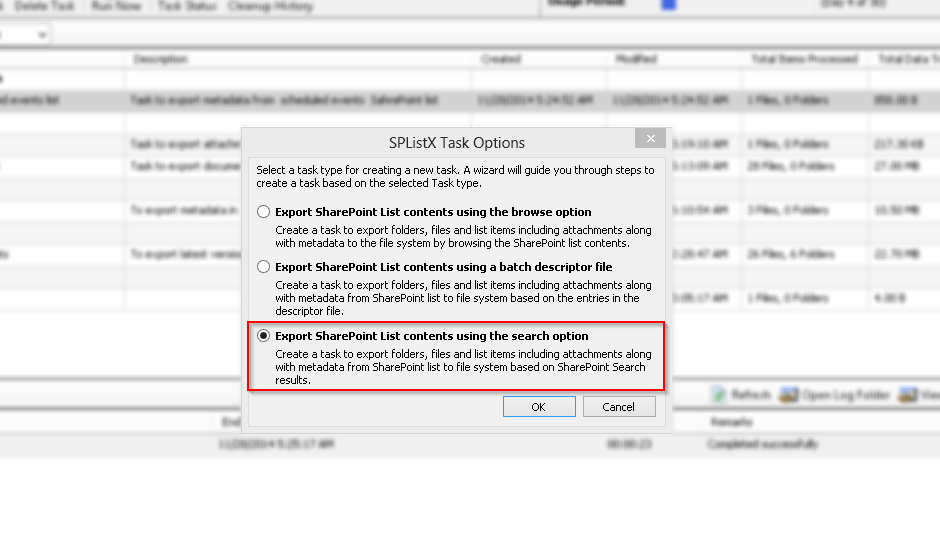
Export folders, files and list items including file attachments and associated metadata based on SharePoint search results at the site collection or entire farm level using the standard keywords or advanced search technique.
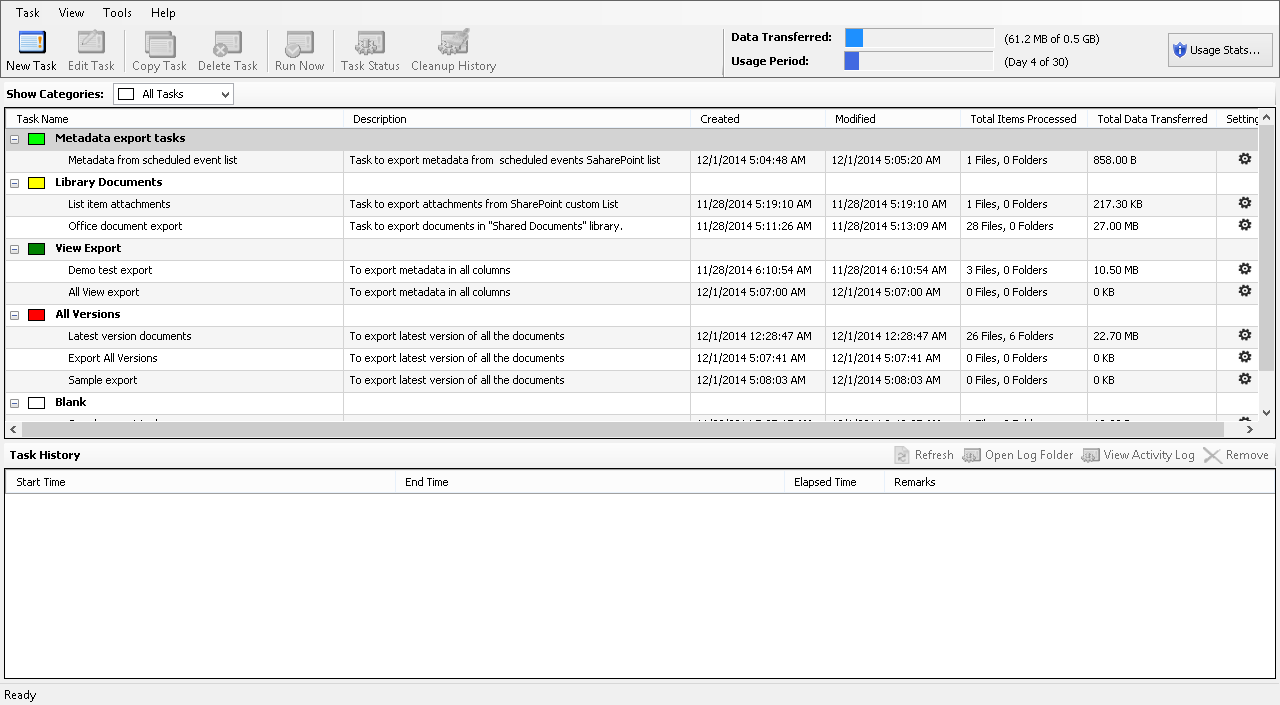
SPListX creates export tasks and maintains task history in a task-oriented interface. Create a scheduled task or save the task settings and manually run the task on-demand. Keep track of all export tasks performed using SPListX. Task Manager internally uses the familiar Windows Task Scheduler to run export tasks at different time intervals - daily, monthly, weekly etc.
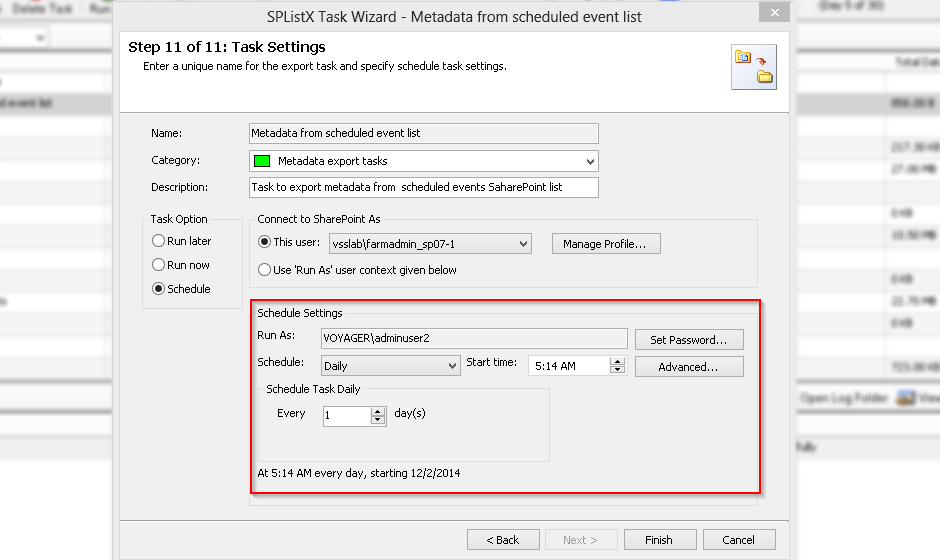
Run export tasks from the command line (DOS prompt) or invoke export tasks from a batch file or run a scheduled task using the Windows Task Scheduler interface.
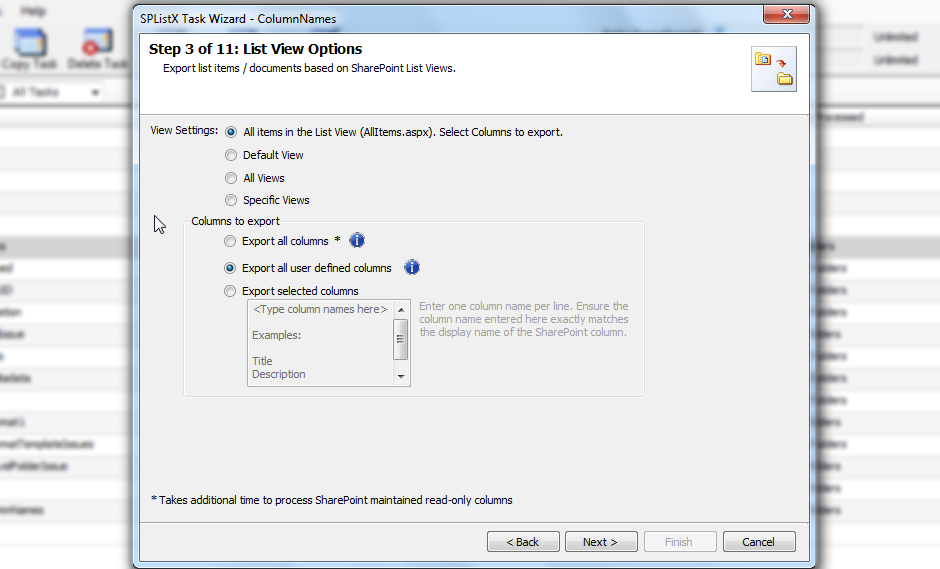
Exports all SharePoint metadata (column values) and permissions available in the SharePoint library / list, including SharePoint maintained columns such as Created, Modified, Approval Status, etc. SPListX exports metadata in Extensible Markup Language (XML), Comma Separated Values (CSV) and Microsoft Excel (XLSX) formats.
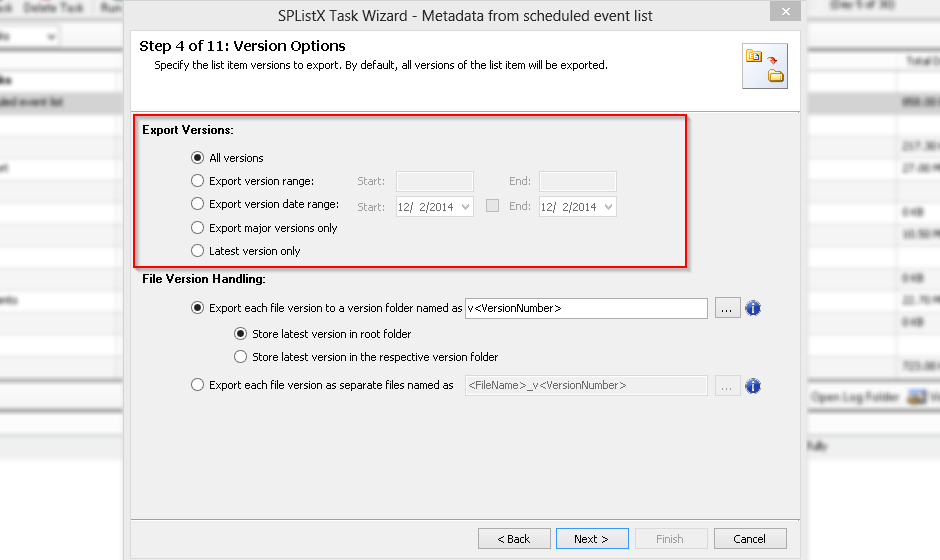
SPListX exports multiple document versions (version history) residing in the source SharePoint library. SPListX exports document version history to well organized user-defined version folders in the destination location. SPListX stores the SharePoint list data version history in the metadata file in Windows File System. The list item's file attachments can also be exported to the desired folder location in the Windows File System.
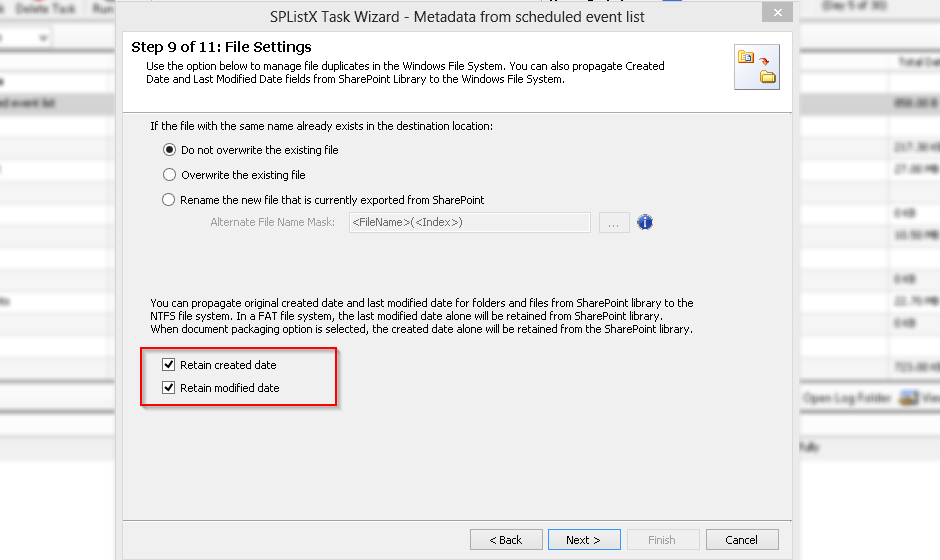
Propagate the system date fields - Created Date and Last Modified Date to the respective folders and documents in the Windows File System (NTFS).


